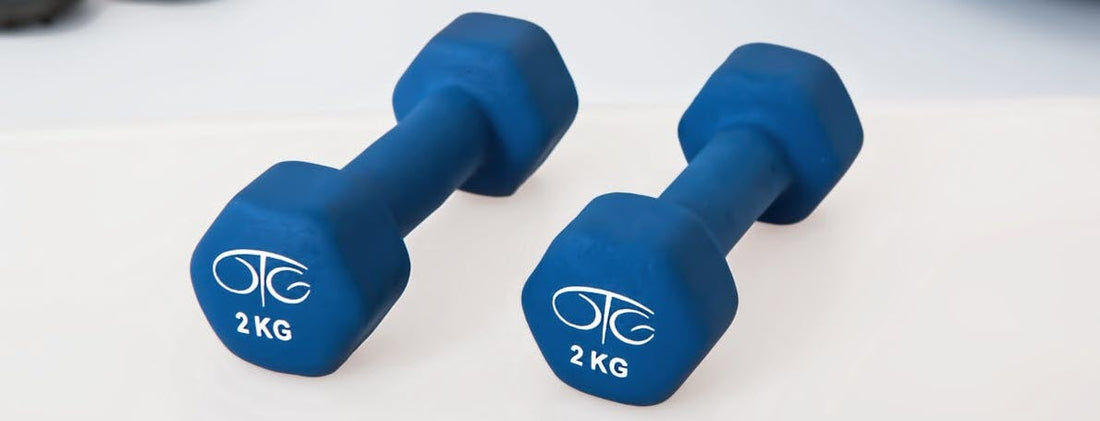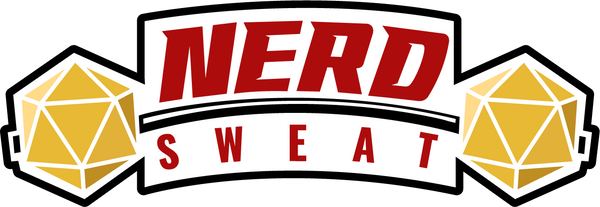
The Beginner’s Guide to Gym Lingo: What Every Newcomer Needs to Know
Walking into a gym for the first time can feel like stepping onto an alien planet—machines with unfamiliar names, people throwing around phrases like “supersets” and “AMRAP,” and an atmosphere that seems built for those who already know what they’re doing. If you're new to fitness and over 50, this can make the experience even more intimidating. But don’t worry! Understanding basic gym lingo will not only boost your confidence but also help you navigate workouts with ease.
Here’s a beginner-friendly breakdown of common gym terms so you can walk in with knowledge and confidence.
1. Reps and Sets: The Foundation of Strength Training
- Rep (Repetition) – One complete movement of an exercise (e.g., lifting a dumbbell up and down once).
- Set – A group of reps performed in succession before resting (e.g., 10 reps make up one set).
📌 Example: If your trainer tells you to do "3 sets of 10 reps," that means you’ll perform the exercise 10 times, take a short rest, and repeat for a total of three rounds.
2. Cardio Terms: More Than Just Running on a Treadmill
- HIIT (High-Intensity Interval Training) – Short bursts of intense exercise followed by rest (great for burning calories in a short amount of time).
- Steady-State Cardio – A consistent, moderate-intensity workout, like walking on a treadmill for 30 minutes.
📌 Example: If you’re looking for a beginner-friendly cardio routine, try 20 minutes of steady-state walking before experimenting with short HIIT sessions.
3. Strength Training Jargon: Lifting Without Confusion
- Free Weights – Dumbbells, barbells, and kettlebells (weights that aren’t attached to machines).
- Machines – Equipment that helps guide movements and provides resistance (easier for beginners to learn proper form).
- Bodyweight Exercise – Strength training using just your body (e.g., squats, push-ups).
📌 Example: If a trainer suggests "starting with machines before progressing to free weights," they’re guiding you toward a structured, safe progression in strength training.
4. Gym Culture Terms: Fitting in Without Feeling Lost
- Spotter – A workout partner who assists with heavy lifts to ensure safety.
- Superset – Doing two exercises back-to-back without resting (great for efficiency).
- Cool Down – Low-intensity movements at the end of a workout to bring the heart rate down.
📌 Example: If someone at the gym asks, "Need a spot?" while you’re struggling with a weight, they’re offering to assist you so you can lift safely.
5. Tracking Your Progress: The Key to Long-Term Success
- PR (Personal Record) – Your best performance in a given exercise (e.g., heaviest weight lifted or longest run).
- AMRAP (As Many Reps As Possible) – A challenge to complete as many repetitions as possible in a set time frame.
- Plateau – When progress stalls, often requiring a change in routine.
📌 Example: If you’ve been lifting the same weight for weeks and feel stuck, you may have hit a plateau and need to adjust your reps or increase resistance.
Final Thoughts: Confidence Starts With Knowledge
Now that you understand basic gym terminology, you’re already one step closer to feeling confident in your fitness journey. The gym isn’t just for seasoned athletes—it’s for everyone, including those over 50 who are just beginning.
By learning the language, asking questions, and embracing the process, you’ll find yourself fitting into gym culture in no time. Remember, every expert was once a beginner!
References & Resources
- American Council on Exercise (ACE) – Beginner’s Guide to Strength Training
- National Institute on Aging – Exercise and Physical Activity for Older Adults
Whether you're starting with a simple treadmill walk or picking up weights for the first time, knowing these terms will help you move forward with confidence. Happy lifting! 💪
